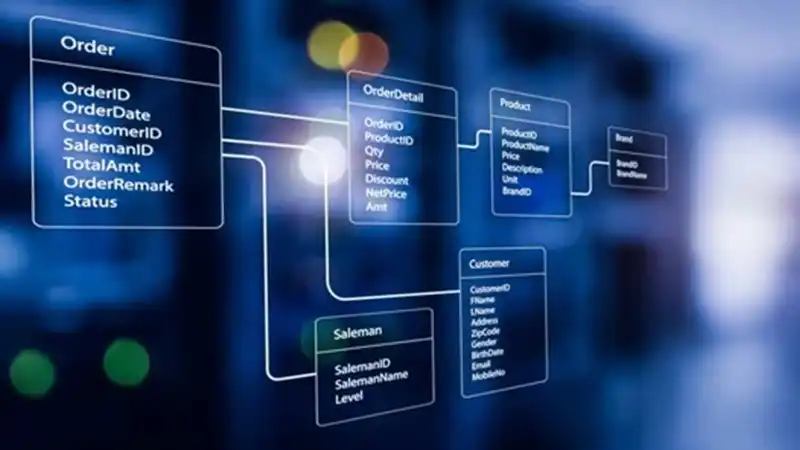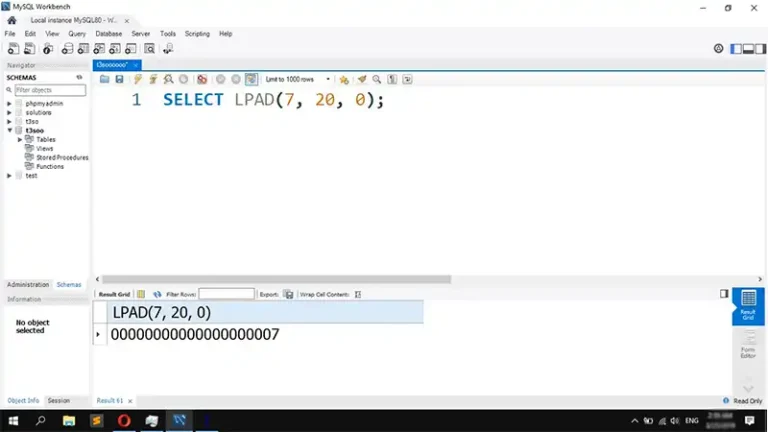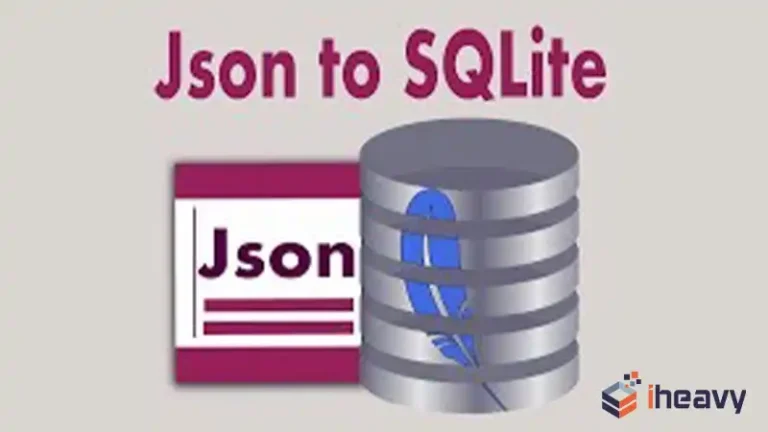How Is Data in a Relational Database System Organized? Ultimate Explanation
Data in relational databases is arranged in tables as rows and columns.
In the framework of contemporary data management systems, relational database systems serve as the cornerstone of organized data and traceability. The efficiency and worth of these systems are influenced by the informational structure.
Building data-driven applications and decision-making processes requires an understanding of the intricate architecture of data organization in relational databases.
This article examines the fundamental organization and arrangement of data in a relational database system to comprehend the key concepts behind managing connections and data accuracy.

Relational Database System
Information is stored and kept up using tables in a relational database framework, or “RDBMS,” a frame of database management framework. Each table has rows for records to supply information and columns for traits. Tables can be associated using keys like primary and remote keys.
For occasion, the relational database model distinguishes between the physical capacity structures and information structures like tables, records, and views. Database administrators can adjust the physical capacity without changing the consistent information organization since to this adaptability.
Relational databases are frequently utilized in business to organize information and connect vital information points. They make it simpler for organizations to organize and recover information, particularly when working with structured data, empowering them to create wise and beneficial choices.
Organization of Data in a Relational Database System
The arrangement of data in a relational database system takes an organized approach to guarantee proficient information capacity, recovery, and administration. Here’s an outline of how information is organized in these frameworks:
1. Tables
In a relational database, data is organized into tables, which are two-dimensional structures comprising rows and columns. Each table represents a particular substance or concept, such as a client, order, or item.
2. Row and Column
Rows, also known as records or tuples, contain individual forms of information. Columns or properties that characterize the sort of information each occurrence contains, such as name, date, or amount.
3. Primary Key
Each table ordinarily incorporates a primary key, a special identifier for each row. This guarantees that each record is particular and effectively referenced.
4. Relationship
Tables build up relationships through keys. A primary key in one table can act as a remote key in another, making associations between information and permitting significant associations.
5. Normalization
Normalization breaks complex tables into smaller, related tables to diminish repetition and enhance information integrity. This avoids information peculiarities and guarantees proficient capacity.
6. Indexing
Indexes speed up information recovery by acting as a guide to the database, permitting speedy access to particular columns based on the values in indicated columns.
7. SQL (Structured Query Language)
SQL encourages interaction with the database. It gives a standardized way to perform operations such as embedding, upgrading, inquiry, and erasing information.
8. Data Integrity
Relational databases guarantee data judgment through limitations such as uniqueness (avoids duplication) and referential integrity (keeps up connections).
9. Optimize The Query
Relational databases optimize queries for more prominent effectiveness. The query optimizer decides the most proficient query execution methodology, taking into consideration variables such as indexes and unions.
10. Database Management System (SGBD)
The DBMS manages the database, supervising tasks such as information capacity, security, concurrency control, reinforcement, and reestablish.
11. Entity-relationship Model
This model helps database plan by outwardly speaking to substances, traits, and connections between tables.
12. Data security
Relational databases give security measures such as access control, verification, and authorization to secure sensitive information.
13. Extensibility
RDBMS or Relational Database management system frameworks can scale both vertically (including assets to a single server) and horizontally (dispersing information over numerous servers) to oblige developing information volumes.
Frequently Asked Questions and Answers (FAQs)
What are the advantages of using a relational database system?
Relational databases, which permit relationships between information and get wide support from standardized languages such as SQL, can bolster complex queries. With tabular and well-organized information, they work best.
Are there alternatives to relational databases?
Yes, alternatives to relational databases exist, including NoSQL databases (such as archive, key-value, column family, and chart databases). These options cater to particular information models and give versatile arrangements for particular utilize cases.
Is it possible to alter information concurrently in numerous tables?
Yes, by utilizing exchanges and joins, it is possible to control information over numerous tables. This permits complex methods including numerous connected tables.
Conclusion
In a relational database, information is organized dependably inside tables. The emphasis on associations, information astuteness, and SQL inquiries underscores their progressing importance in productively managing organized data.






